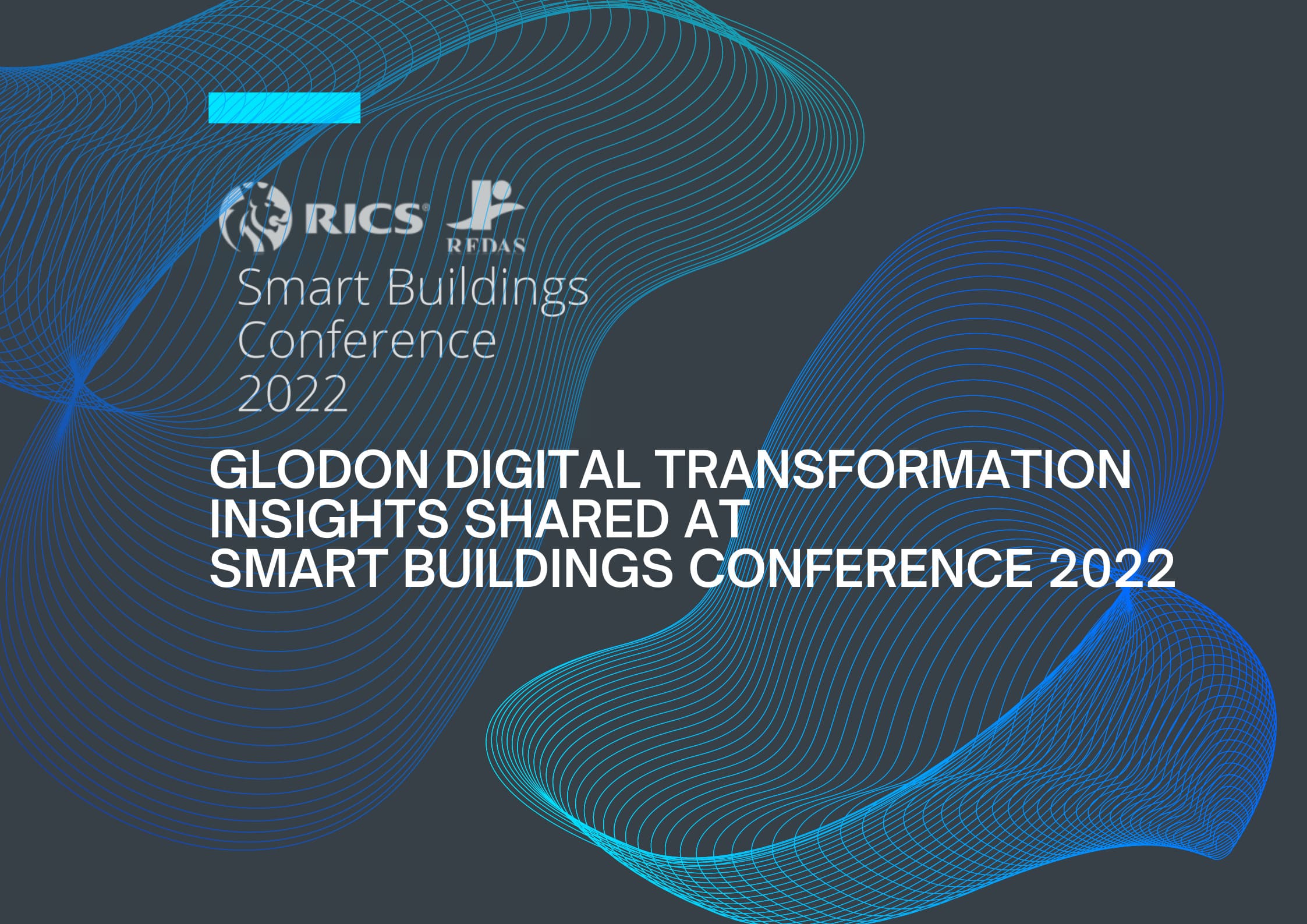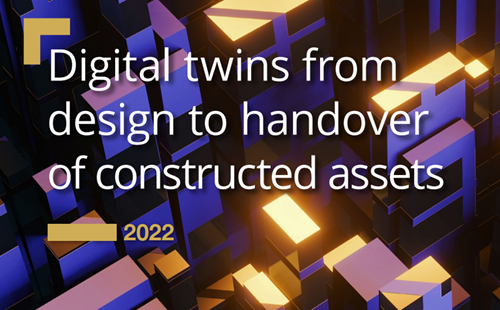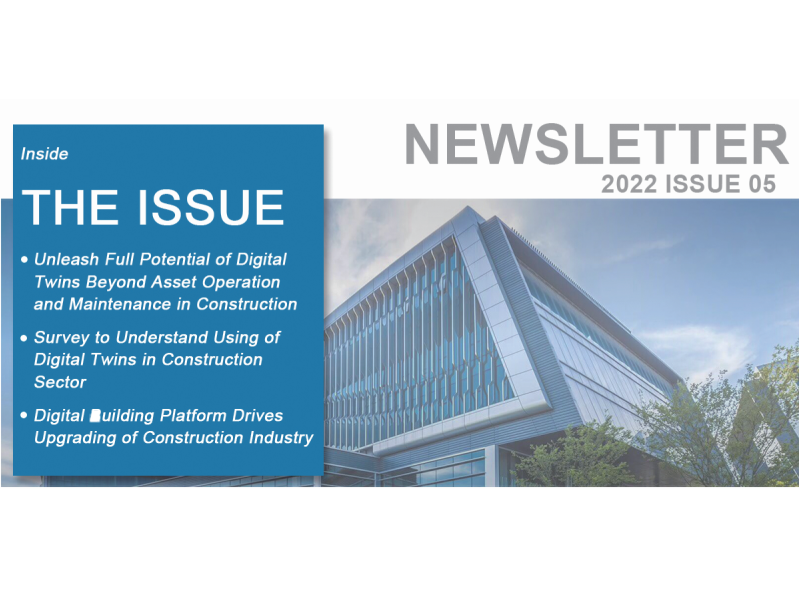Mar 16.2022
6 Challenges Construction Sector Faces in Digitalization
Although new technology is coming up every year, digital adoption has been slow in the construction sector. For a brick-and-mortar industry, difficulties are understandable. The following six barriers make digital transformation particularly challenging.

1. Project Uniqueness
Almost every construction project is unique with different requirements, which means solutions are a one-off thing that can seldomly be repeated. This makes it challenging and expensive to adopt digital technology and tailor them to each project's needs.
2. Industry Fragmentation
A construction project involves multiple participants at each stage of the whole life cycle. They often work in silos, following their own processes. Implementing digital solutions across a construction project requires extra coordination effort. Also, because of the transient nature of construction projects, many may lack the motivation to adopt digital solutions for a project. And the gap in digital maturity level between different participants can also cause problems.
3. Unqualified Workforce
A tech-savvy workforce is a prerequisite for implementing any technology in any business. Global surveys show that the average age of construction workers is above 40. It is extremely hard for an ageing workforce to learn and adopt new technologies. Training can also be time-consuming and expensive. The situation may deteriorate as the sector suffers from a shortage of workers because of the pandemic and an ageing population.
4. High Stake
Adopting digital technologies require an initial investment in equipment, software and training; however, the benefit of digitalization is usually not immediately evident, and the ROI is not likely to show in the short term. Besides, the switch of methods may also disrupt the production process and cause backlashes. This is especially the case for small and medium enterprises that are not financially resilient.
5. Insufficient Standards
It is tough to develop common standards for all participants at each phase of the construction project in such a decentralized and fragmented industry. The current lack of common protocols for data sharing and the standard of the information requirements represent an obstacle to digital changes. The situation is worsened by using different software, data formats and terminologies.
6. COVID-19 Pandemic
While it is still too early to assess the full impact of the COVID-19 outbreak, the construction industry is significantly affected by the pandemic like others. Closed construction sites, a decline in investment, disruption of the supply chain, and the labour shortage cause productivity loss, project delays and budget overruns. Therefore digital technologies are playing an increasing role in the new normal of the sector, for example, using BIM for better project planning and scheduling and adopting integrated and coordinated management platforms of personnel, machine, material, method and environment.
Approaching Problems with Digital Building Strategy
The development of the digital building refers to an industrial strategy that uses BIM, cloud computing, big data, IoT, mobile Internet, AI and other information technologies to lead the industrial transformation and upgrading that is complemented by advanced lean construction.

Through the effective integration of personnel, processes, data, technology and business systems, the digital building allows the digitalization, networkisation and intelligentisation of the whole process with all the elements and participants of the industry to structure a platform of a new ecological system that involves projects, enterprises and industry. This cooperation will drive industrial upgrading towards new design, construction, and operation and maintenance.
With the empowerment of the digital building platform, digitalization improves the efficiency and quality of work at the post level; the efficiency and productivity of project management at project level; the efficiency of resource allocation and the data-driven decision making at the enterprise level; industry governance and service at the industry level.
This case of Glodon (Xi'an) R&D Building demonstrates how digital building platform can help projects meet green targets, improve quality and efficiency, and save costs.













